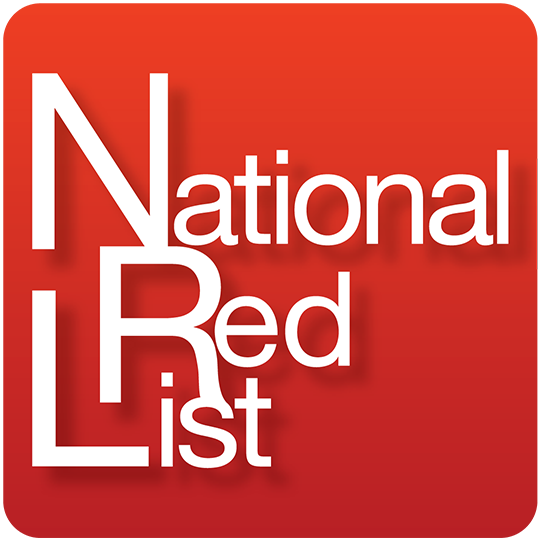Aegilops kotschyi - UAE National Red List of Vascular Plants
Publication
Asessment status in full
Least Concern
Assessment status abreviation
LC
Assessment rationale/justification
This species occurs at high elevations within the Ru'us al-Jibal. Although it is not as common as other species in the north of this area, this may be due to being overlooked and as a result of occurring at particularly high altitudes. It is, however, described as locally common within the south of the region. As such, it is assessed as Least Concern.
Assessment year
2019
Assessors/contributors/reviewers listed
UAE National Red List Workshop
Affliation of assessor(s)/contributors/reviewers listed on assessment
Government
IGO
Assessor affiliation specific
Government|IGO
Criteria system specifics
IUCN v3.1 + Regional Guidelines v4.0
Criteria system used
IUCN
Criteria Citation
IUCN. 2012. IUCN Red List Categories and Criteria: Version 3.1, Second edition. IUCN, Gland, Switzerland and Cambridge, UK. iv + 32pp pp. And IUCN. 2012. Guidelines for Application of IUCN Red List Criteria at Regional and National Levels: Version 4.0. Gland, Switzerland and Cambridge, UK: IUCN. iii + 41pp.
Endemic to region
Not assigned
Endemism Notes
Is an endemic?: Not_assigned
Threats listed in assessment
There is no information available.
Conservation Measures
Conservation measures:
Conservation measures notes:
Required conservation measures:
